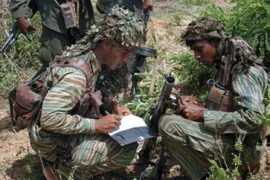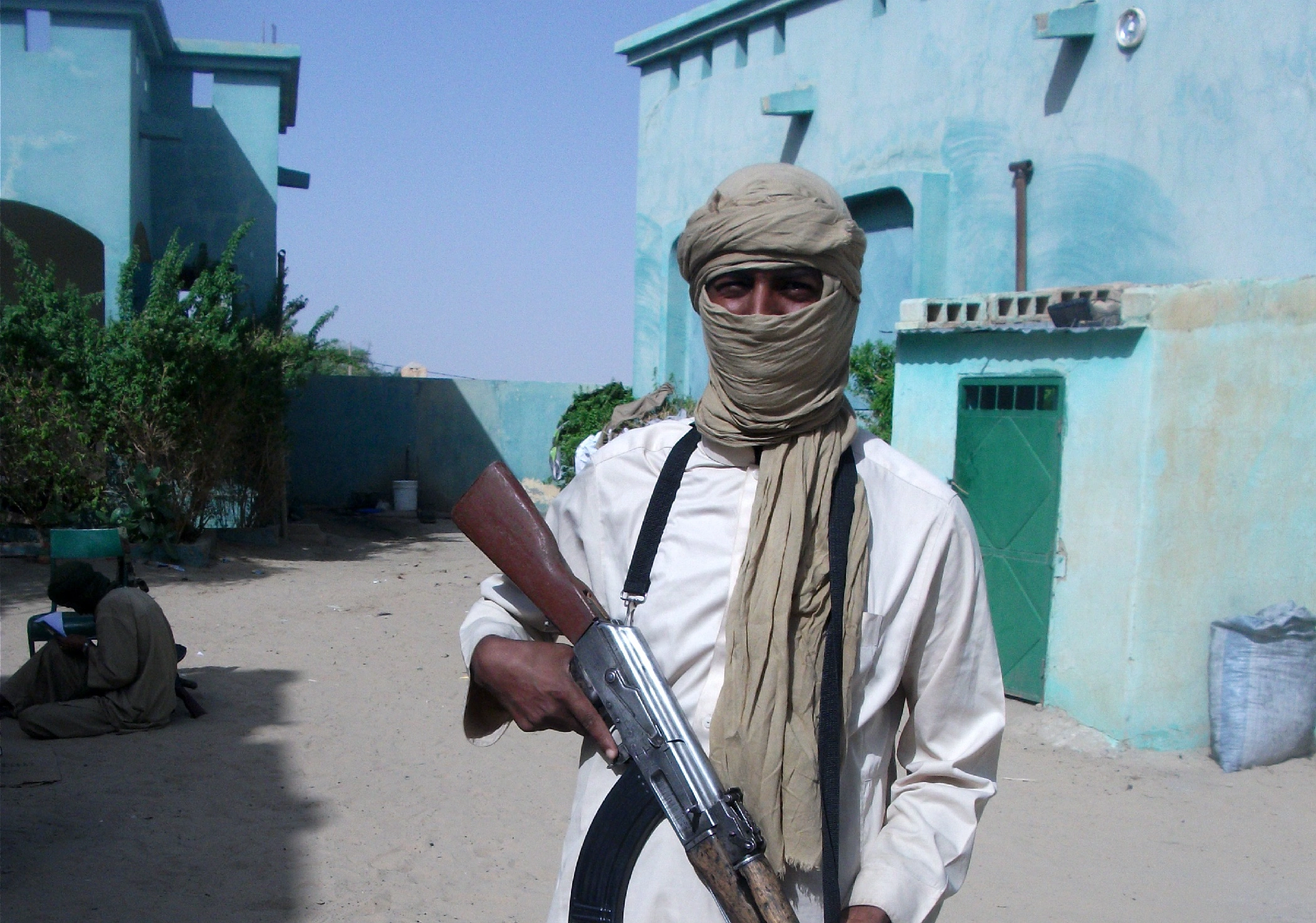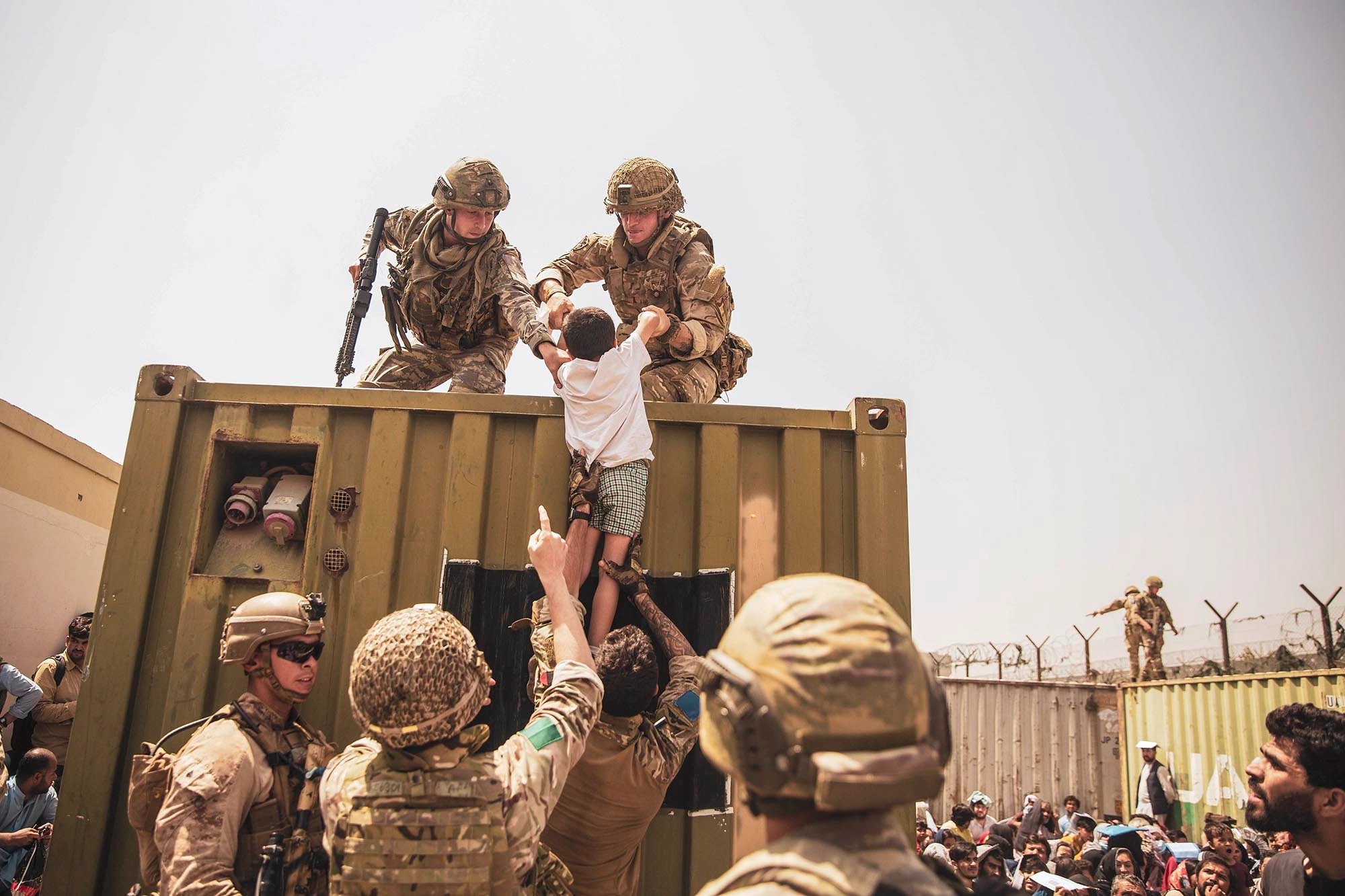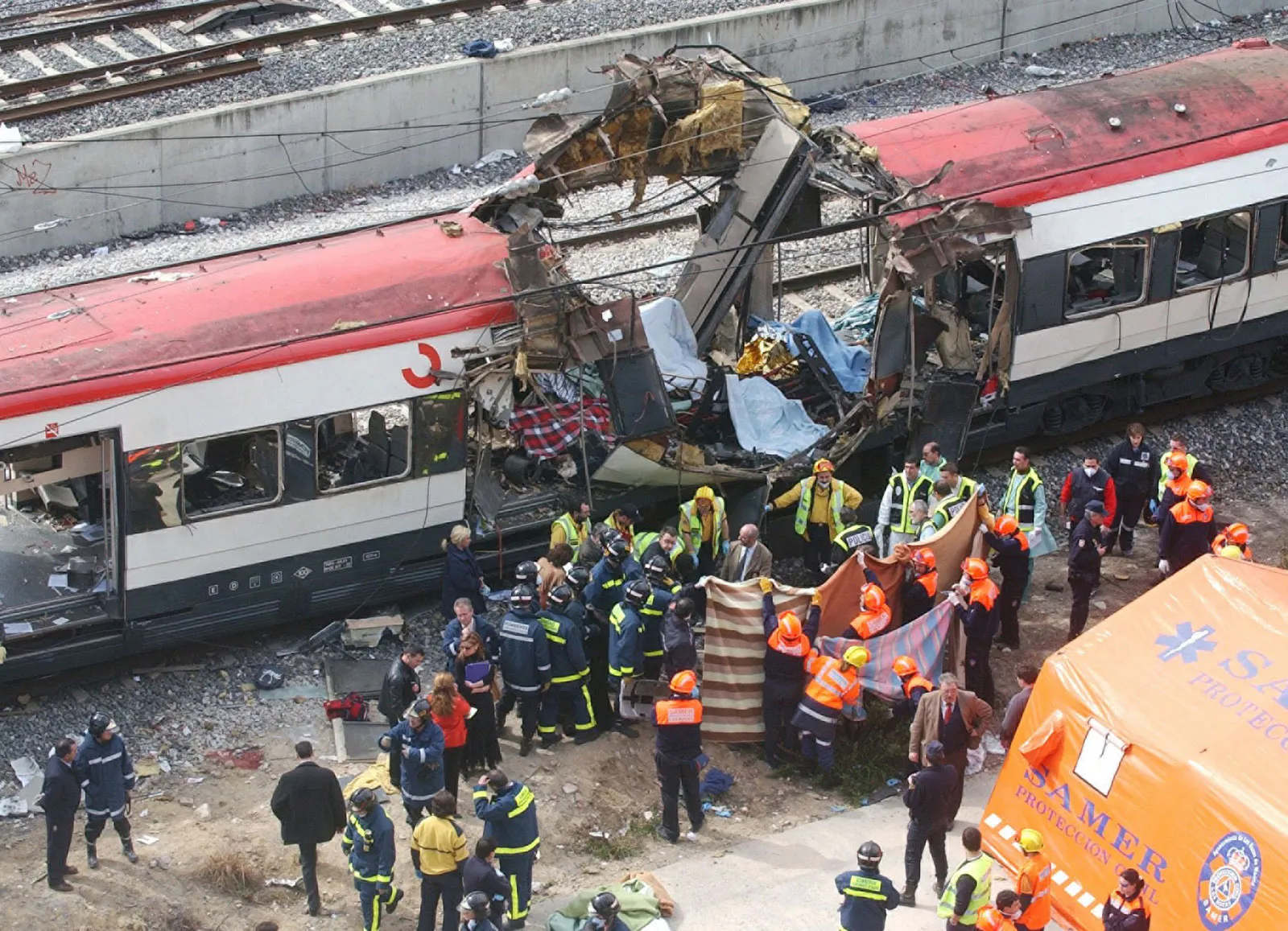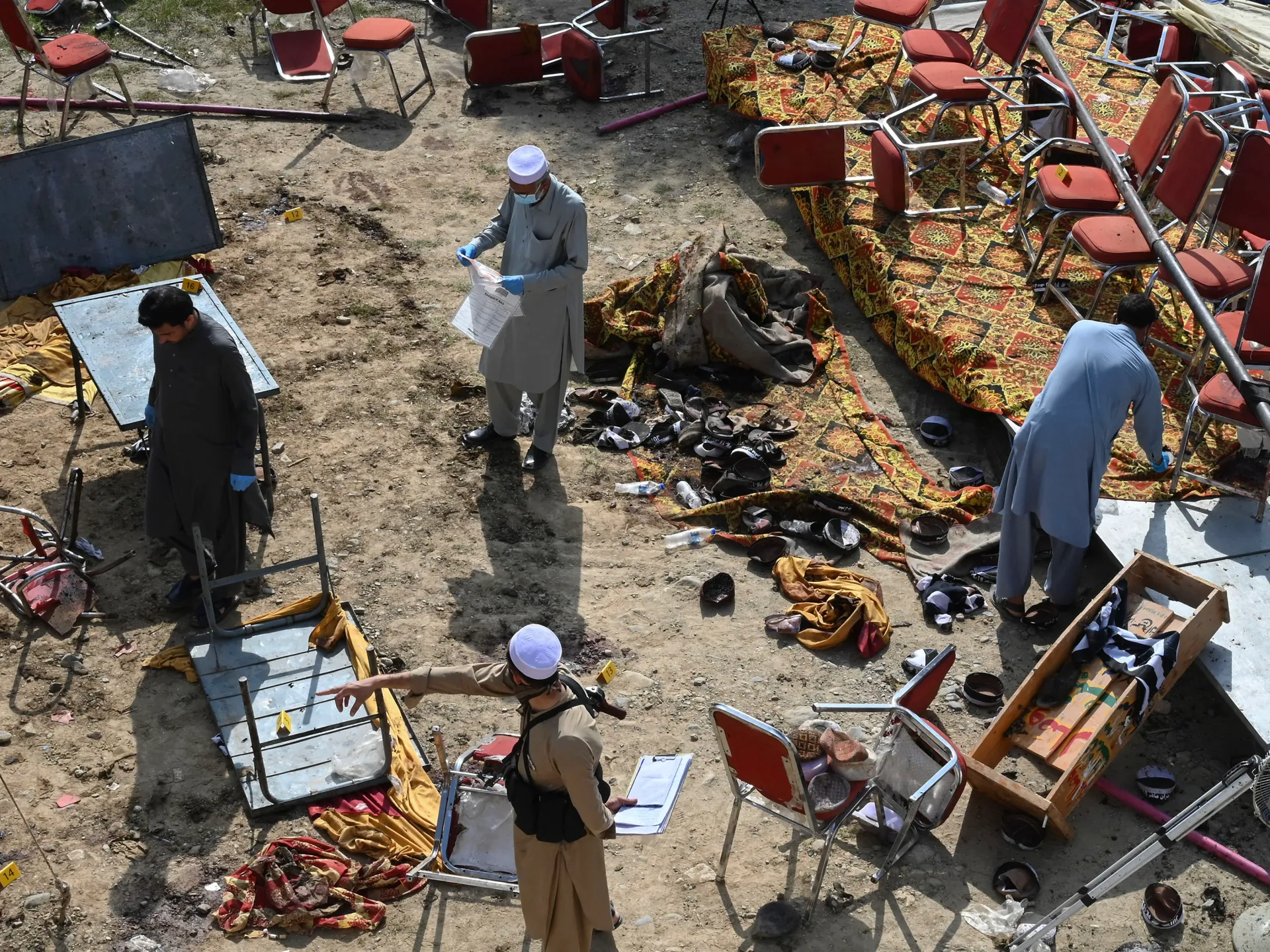Sri Lanka witnessed a lethal civil war from 1983 to 2009. The Sri Lankan civil war was due to frictions that persisted among two ethnic groups: a majority Sinhalese and a minority Tamil population in the island nation. The war was primarily between the government of Sri Lanka and a Tamil insurgent group, Liberation Tigers of Tamil Eelam (LTTE). In 2009, Velupillai Prabhakaran, LTTE’s top leadership was killed. This brought an end to the insurgency. It effectively ended the two and half decade long conflict.
The war, as per UN estimates, caused around 80,000-100,000 deaths. The LTTE was notorious for carrying out deadly attacks against civilians of all ethnicities. They particularly targeted those of Sinhalese and Sri Lankan Muslim ethnicity. Moreover, they carried out assassinations of politicians and used suicide bombings against military targets.
Sri Lanka annually observes May 18th as a Remembrance Day. It is a day to commemorate the martyrs and casualties which occurred during the war. Initially, the Sri Lankans called it Victory Day. However, later on, President Maithripala Sirisena changed the name.
Colonial Roots of War
The Tamil Civil War, like other major conflicts of the region, was also a consequence of the British legacy. The South Asian states had inherited it from their colonial leaders. Ceylon was the name of the island during the time of the colonial era. The island nation eventually won independence in 1948. Immediately after independence, the country passed the Ceylon citizenship act, which appeared discriminatory to Tamils by denying them citizenship.
Then in 1956, the ‘Sinhala Only Act’ replaced English with Sinhalese as the official language of the country. This again singled out the Tamil population that viewed the Act as linguistic, cultural and economic discrimination against them.
The Tamil dissent was demonstrated in serious riots that took place in 1956 (Gal Oya riots). Similarly, in 1958 another round of riots took place in which hundreds of Tamils along with Sinhalese civilians were killed.
Beginning of Sri Lankan Civil War
The racially discriminatory policies had charged up the Tamil youth. The youth in its political activism started to form Tamil militant groups, the most significant of which was the LTTE. The group initially resorted to assassinations, a famous one being the Sri Lankan Tamil politician Mylvaganam Canagaratnam. As reported, Prabakhan was responsible for this assassination.
The burning of the Jaffa library in 1981 is attributed to the tipping point which turned Tamils against the state of Sri Lanka. They felt that the government could not protect them or their cultural heritage. Resultantly this encouraged them to seek an independent state.
The LTTE carried out over 378 suicide attacks, one of the largest suicide campaigns in the world. The suicide attack became a trademark of the LTTE and a characteristic of the civil war. The group carried out its first-ever suicide bombing in July 1987 which killed almost 40 government soldiers.
The Indian Role
Support for Tamils was particularly strong in the Indian state of Tamil Nadu. From August 1983 until May 1987 the Indian government, through its intelligence agency Research and Analysis Wing (RAW), provided arms, training and monetary support to six Sri Lankan Tamil militant groups including LTTE.
On 5 June 1987, the Indian Air Force airdropped food parcels to Jaffna while it was under siege by Sri Lankan forces. At a time when the Sri Lankan government stated it was close to defeating the LTTE, India dropped 25 tons of food and medicine. The Indians used parachutes to drop supplies into areas held by the LTTE as a direct move to support the rebels.
Indian actions mimicked their tactics that they adopted to dismember Bangladesh from Pakistan in 1971. India openly provided support to the Mukti Bahini insurgents through its army and intelligence to carry out insurgent operations against Pakistan Army in East Pakistan. The Pakistan Army, owing to the lack of supplies and manpower, majorly due to Indian endeavors, could not hold on and eventually had to surrender arms in December of 1971.
However, lack of success resulted in diminishing Indian interest in the Sri Lankan Tamil insurgency. The watershed movement came when a female Tamil suicide bomber killed the Indian Prime Minister Rajiv Gandhi in 1991. Afterwards, India kept itself from supporting Tamil insurgents for sake of increasing influence over Sri Lanka.
Banning of LTTE
The LTTE entered into talks five times. However, discussions failed to leave the LTTE in a more powerful position to fight government forces. In mid-2006, sensing victory was in its grasp, the LTTE deliberately ended the Norwegian-brokered ceasefire and initiated the so-called Eelam War IV. In response, Sri Lanka’s government decided to change its strategic goals from dialogue to an eventual containment.
Diplomatically, the government took steps to isolate the LTTE, which received some 60 per cent of its funding and most of its military equipment from offshore. The steps proved to be successful. Resultantly, 32 countries banned the group.
The Sri Lankan armed forces claimed that the leader of the LTTE, Velupillai Prabhakaran, was killed on the morning of 18 May 2009. It happened while he was trying to flee the conflict zone in an ambulance.
On 19 May 2009, Sri Lankan President Mahinda Rajapaksa delivered a victory address to the Parliament. Mahinda declared in the address that Sri Lanka has liberated itself from terrorism.
Also See: Sri Lanka on its Way to Strengthening Ties with Central Asian States

